Changes to California’s Electric Truck Proposal Could Reap Huge Climate and Air Quality Gains
Union of Concerned Scientists
OCTOBER 13, 2022
The Advanced Clean Fleets (ACF) rule has the potential to significantly reduce climate-warming greenhouse gas (GHG) emissions as well as harmful air pollutants like fine particulates (PM2.5) A lower threshold would bring more reductions in air pollution sooner for the communities who need it most.


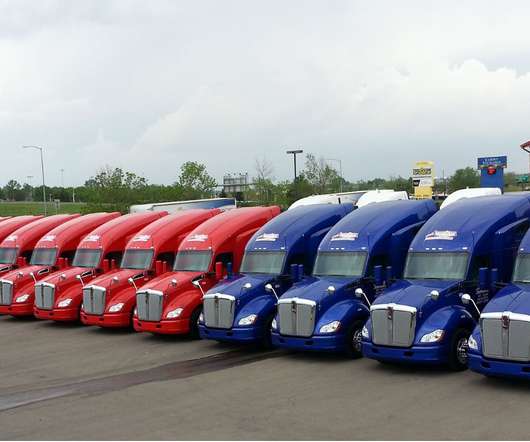
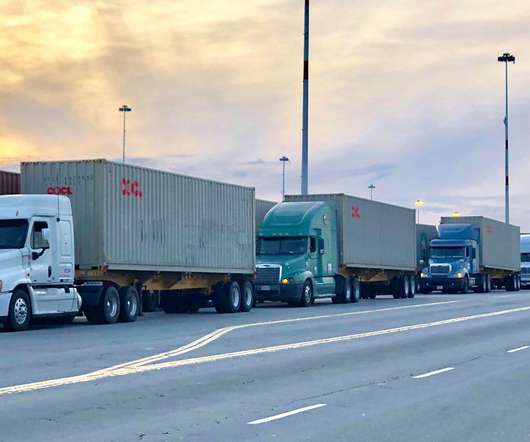
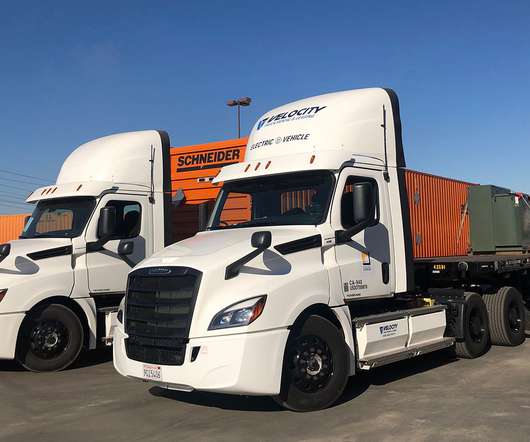
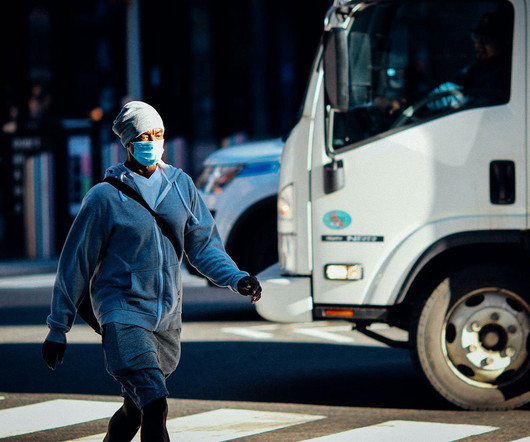

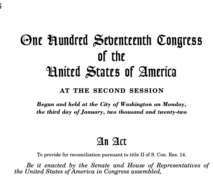
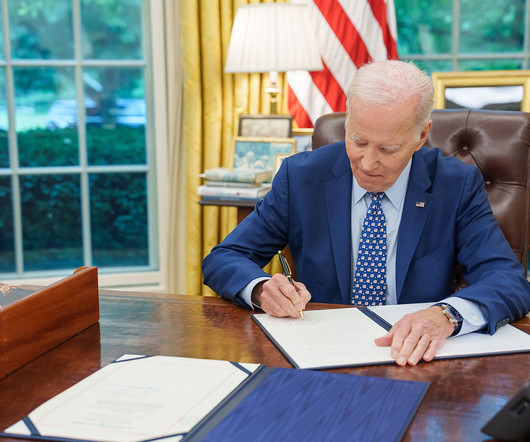
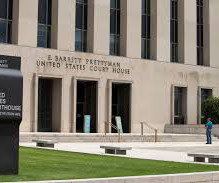






Let's personalize your content